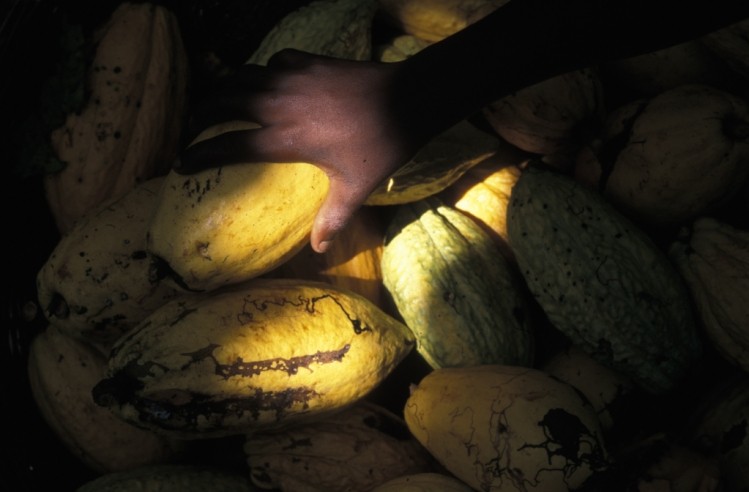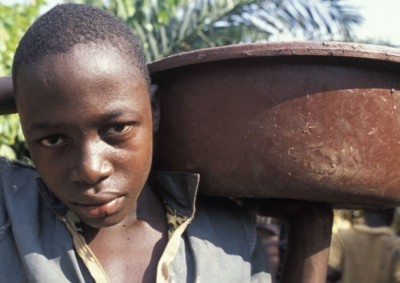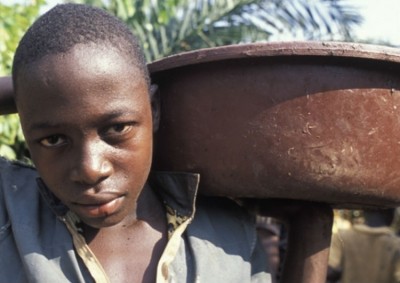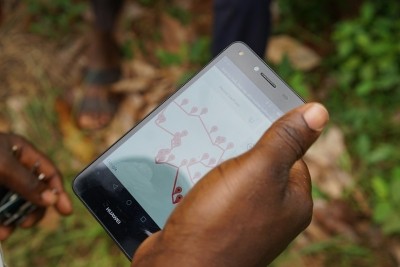Sustainability
ICI announces new strategy to tackle child labour in cocoa with more effective CLMRS

CLMRS were developed 20 years ago by the International Labour Organisation (ILO) and later adapted for use in the cocoa sector.
Such systems are estimated to cover approximately 25% of the cocoa supply chain in Cote d’Ivoire and Ghana and their expansion is set to continue, the ICI reports.
Along with the ICI, other industry and multi-stakeholder bodies, including the World Cocoa Foundation (WCF), and several national platforms for sustainable cocoa in Europe, have all pledged to scale up their coverage. In tandem, civil society groups have called for the expansion of these systems while underlining the need for clear standard definitions and benchmarks.
The renewed efforts come after a damming NORC report funded by the US Department of Labor last year discovered over one million cases of child labour in the cocoa sector in West Africa, despite industry efforts to clean up its supply chains.
Reuters has also reports this week that police in Cote d'Ivoire rescued 68 children working on cocoa farms, most of whom were trafficked from neighbouring Burkina Faso, authorities said.
In a recent collaborative study, which proposes a common operational definition of a CLMRS and sets out key indicators to monitor progress, the ICI, European cocoa platforms and their members aim to foster greater harmonisation and alignment to catalyse the scale up of effective systems to cover 100% of cocoa households in Cote d’Ivoire and Ghana by 2025.
Commissioned by the Swiss Platform for Sustainable Cocoa, the study aims to encourage alignment in the way CLMRS are implemented and to promote transparent reporting on coverage and performance.
“Throughout the process of conducting this review, input and feedback were sought from the Swiss, German, Dutch and Belgian Platforms for sustainable cocoa and their members, who have validated the findings and the operational definition,” says the ICI.
ICI began by mapping existing systems to prevent, monitor and address child labour in the cocoa sector. Using information provided by governments, industry, civil society, international organisations, and multi-stakeholder initiatives, the mapping exercise identified common ground around the main elements within the different systems, as well as some key differences.
The ICI says the findings were used to develop a common definition, stating that a CLMRS must be able to successfully implement four core activities:
- Raising awareness on child labour and resulting harm amongst farmers, children and members of the wider community
- Identifying children in child labour through an active monitoring process, using standardised data collection tools
- Providing both prevention and remediation support to children in child labour, and others at risk, and documenting the support provided
- Following up with children identified in child labour to monitor their status on a regular basis until they have stopped engaging in child labour
The collaborative study also resulted in a set of key indicators against which implementers will be expected to report. These include the number of households and children monitored by a CLMRS; the number and percentage of children identified in child labour; whether children receive prevention and remediation support; and whether identified children stop working.
These indicators will be used by members of ICI, WCF and the national platforms in Europe to monitor progress in preventing and addressing child labour.
“The multi-stakeholder review process and the resulting operational definition represent an exciting step forwards in supporting cocoa sector actors to implement effective Child Labour Monitoring and Remediation Systems. Promoting alignment and coordinated action to tackle child labour at scale is a key part of our new strategy” said Nick Weatherill, ICI’s Executive Director.
“As the definition and indicators are based upon broad agreement of practitioners and experts from within the cocoa sector, this should lead to more consistent and transparent reporting, helping us to better understand and improve the effectiveness of CLMRS, and to ensure real impact for those children we are all working to protect.”
- This article was updated to make clear that The Cocoa Barometer called for such common definitions and indicators to be developed but did not propose them in its own report.








